
Rudolph Reuter (September 21, 1888 - January 4, 1973) was an American pianist and professor.

Rudolph Reuter (September 21, 1888 - January 4, 1973) was an American pianist and professor.
Reuter came from a musical family; his father and grandfather were members of the New York Philharmonic. [1] As a child, he performed as a boy soprano for the St. James Episcopal Church in Manhattan, and later as the organist for the North New York Congregational Church in the Bronx. [2] While still a teenager, he traveled to Berlin, where he studied with Karl Heinrich Barth, as well as with Max Bruch. [2] He made his European début in 1908 with the Hamburg Philharmonic, playing the Brahms Piano Concerto no. 1. [2]
In 1909, he was invited to take a position as professor of piano and theory at the Imperial Academy in Tokyo, Japan. [3] Reuter was the first pianist to perform the piano works of Debussy in Japan, playing the Sarabande from Pour le piano in 1909, and the Toccata from the same suite in 1911. [4] He returned to the United States in 1912, being concerned that his geographic distance from the United States and Europe was "endanger[ing]" his "whole musical future..." [5]
He developed an active career as a soloist and teacher based in Chicago. In 1920, he was the first pianist to give a public performance of Charles Tomlinson Griffes’s revised piano sonata; the Chicago Tribune critic praised Reuter’s playing of the piece, citing the pianist’s “enthusiasm and excellent musical understanding,” but dismissed the sonata out-of-hand as “wholly meaningless and useless musical material.” [6] The critic for Musical America offered even more trenchant criticism: “Especially noteworthy was his first performance from manuscript, of a sonata in four divisions, but in one movement, by Charles T. Griffes. This work by the Southern [sic] composer, hardly measures up to his many compositions we have heard, either in thematic worth or harmonic texture. The short thematic materials and the vague harmonic meanderings, leave the hearer in uncertain mood as to the meaning of the entire work. Mr. Reuter played the sonata with virile and straight forward style, but even his excellent performance could not rescue the sonata from its drab dullness.” [7]
Reuter taught for many years in Chicago, first at the Chicago Musical College, then at the American Conservatory of Music in Chicago. [8] [9]
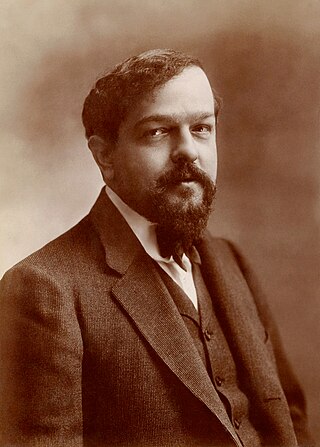
(Achille) Claude Debussy was a French composer. He is sometimes seen as the first Impressionist composer, although he vigorously rejected the term. He was among the most influential composers of the late 19th and early 20th centuries.
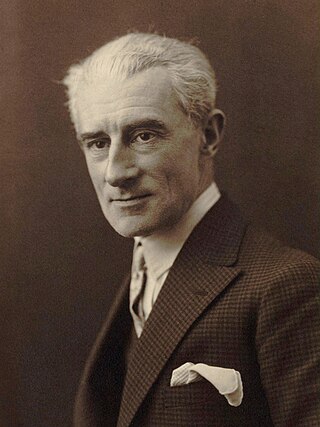
Joseph Maurice Ravel was a French composer, pianist and conductor. He is often associated with Impressionism along with his elder contemporary Claude Debussy, although both composers rejected the term. In the 1920s and 1930s Ravel was internationally regarded as France's greatest living composer.

Muzio Filippo Vincenzo Francesco Saverio Clementi was an Italian-British composer, virtuoso pianist, pedagogue, conductor, music publisher, editor, and piano manufacturer, who was mostly active in England.

Paul Abraham Dukas was a French composer, critic, scholar and teacher. A studious man of retiring personality, he was intensely self-critical, having abandoned and destroyed many of his compositions. His best-known work is the orchestral piece The Sorcerer's Apprentice, the fame of which has eclipsed that of his other surviving works. Among these are the opera Ariane et Barbe-bleue, his Symphony in C and Piano Sonata in E-flat minor, the Variations, Interlude and Finale on a Theme by Rameau, and a ballet, La Péri.
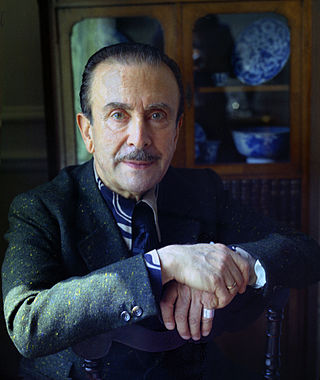
Claudio Arrau León was a Chilean pianist known for his interpretations of a vast repertoire spanning the baroque to 20th-century composers, especially Bach, Mozart, Beethoven, Schubert, Chopin, Schumann, Liszt and Brahms. He is widely considered one of the greatest pianists of the twentieth century.

Zoltán Kocsis was a Hungarian pianist, conductor and composer.

Alfredo Casella was an Italian composer, pianist and conductor.

Hélène Rose Paule Grimaud is a French classical pianist and the founder of the Wolf Conservation Center in South Salem, New York.

Alexis Sigismund Weissenberg was a Bulgarian-born French pianist.
Franz Liszt wrote drafts for his Concerto for Piano and Orchestra No. 2 in A major, S.125, during his virtuoso period, in 1839 to 1840. He then put away the manuscript for a decade. When he returned to the concerto, he revised and scrutinized it repeatedly. The fourth and final period of revision ended in 1861. Liszt dedicated the work to his student Hans von Bronsart, who gave the first performance, with Liszt conducting, in Weimar on January 7, 1857.
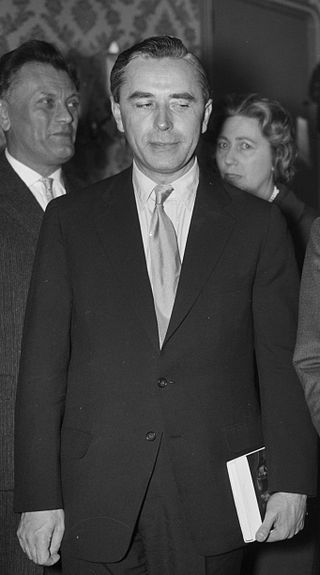
Rudolf Firkušný was a Moravian-born, Moravian-American classical pianist.

Rudolph Ganz was a Swiss-born American pianist, conductor, composer, and music educator.

Radu Lupu was a Romanian pianist. He was widely recognized as one of the greatest pianists of his time.

The Cello Sonata, L. 135, is a sonata for cello and piano by Claude Debussy. It was part of his project Six sonatas for various instruments to compose six sonatas for different instruments. It consists of three movements: Prologue, Sérénade and Finale. It was composed and published in 1915. After performances in London and Geneva in 1916, the sonata's official premiere in Paris was played in 1917 by Joseph Salmon and Debussy. It was the first chamber music work in his late style, and became one of the key works in the repertoire from the 20th century.
Boris Berman is a Russian pianist and pedagogue.
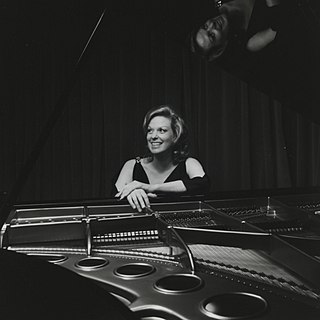
Carol Rosenberger is a classical pianist. In 1976, Rosenberger was chosen to represent America's women concert artists by the President's National Commission on the Observance of International Women's Year. She has given performance workshops for young musicians on campuses nationwide. Rosenberger recorded over 30 albums on the Delos Productions, Inc. recording label. Rosenberger's memoir, To Play Again: A Memoir of Musical Survival was published in 2018 by She Writes Press.

Javier Perianes is a Spanish classical pianist. He is a participant at many renowned festivals within Spain, including Santander, Granada, Peralada and San Sebastián. He has performed in distinguished concert series throughout the world, having made appearances in New York City's Carnegie Hall, Washington DC Concertgebouw Amsterdam, the Tchaikovsky Conservatory in Moscow, the Shanghai Conservatory, Madrid's Auditorio Nacional, Palau in Barcelona, recitals at the Ravinia and Gilmore International Festivals in Chicago, Festival de La Roque-d'Anthéron in France and the Konzerthaus in Berlin.

George Copeland was an American classical pianist known primarily for his relationship with the French composer Claude Debussy in the early 20th century and his interpretations of modern Spanish piano works.
Léo-Pol Morin was a Canadian pianist, music critic, composer, and music educator. He composed under the name James Callihou, with his most well known works being Suite canadienne (1945) and Three Eskimos for piano. He also composed works based on Canadian and Inuit folklore/folk music and harmonized a number of French-Canadian folksongs. Victor Brault notably transcribed his Inuit folklore inspired Chants de sacrifice for choir and 2 pianos.
Rudolph Reti, also Réti, was a musical analyst, composer and pianist. He was the older brother of the chess master Richard Réti, but unlike his brother, Reti did not write his surname with an acute accent on the 'e'.